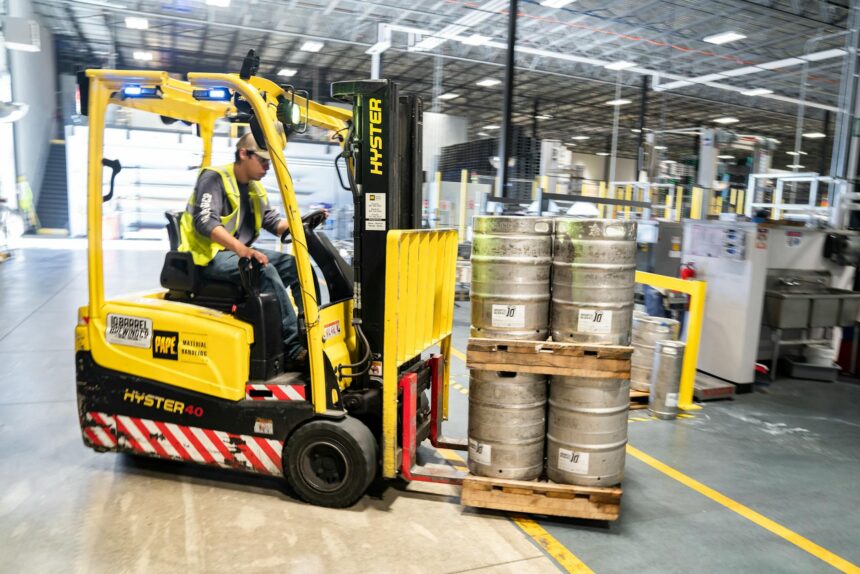Introduction:
Modern forklifts are equipped with advanced hydraulic systems that play a crucial role in their efficient operation. These hydraulic systems, often controlled electronically, consist of various components that work together seamlessly. In this article, we will specifically delve into the significance of hydraulic hoses within forklift hydraulic systems.
Components of a Hydraulic System:
A hydraulic hose is a fundamental component of a forklift’s hydraulic system. Comprising an inner tube that conveys fluid, it directly interacts with hydraulic fluid. The material used for the inner tube, usually rubber or synthetic material, must be compatible with hydraulic fluid and capable of withstanding a range of temperatures without compromising its chemical and physical stability.
Materials Used in Hydraulic Hoses:
Hydraulic hoses can be crafted from various materials based on factors like oil compatibility and abrasion resistance. The selection of hose types and connections is a critical aspect of lift truck design, ensuring optimal performance and durability.
Maintenance Considerations for Hydraulic Hoses:
Proper maintenance is essential to ensure the smooth operation and longevity of hydraulic hoses in forklifts. Here are some crucial points to consider:
- Avoid Excessive Tension: When connecting two elements through a hose, excessive tension should be avoided. This prevents unnecessary strain on the hose, contributing to its longevity.
- Consider Hose Bulging: When pressure is applied to a hose, it tends to bulge and may decrease in length. Allowing some slackness in the hose setup prevents strain and potential damage.
- Prevent Twisting during Installation: Hoses should not be installed with twists, as this may weaken the hose structurally and lead to loosening of fittings. Proper installation is crucial for optimal performance.
- Protect Against High Temperatures: High temperatures can damage the hose cover and shorten its useful life. In hot working conditions, it is essential to protect hoses through proper heat insulation, using heat-resistant hose materials.
- Avoid Rubbing and Abrasion: The hose run should be designed to prevent rubbing and abrasion with metal components of the system. Clamps and hose guards are often employed to group hoses and keep them away from moving parts.
- Adhere to Manufacturer’s Guidance: Follow the hose manufacturer’s guidance and specific instructions regarding bend radius, environmental considerations, oil compatibility, pressure capability, and other critical factors.
Conclusion:
Understanding and properly maintaining hydraulic hoses in forklifts is vital for ensuring the reliability and longevity of the overall hydraulic system. By adhering to best practices and manufacturer guidelines, operators can optimize the performance of their forklifts and minimize the risk of hydraulic system failures. Regular inspections and proactive maintenance are key to a safe and efficient forklift operation.



Leave a Reply